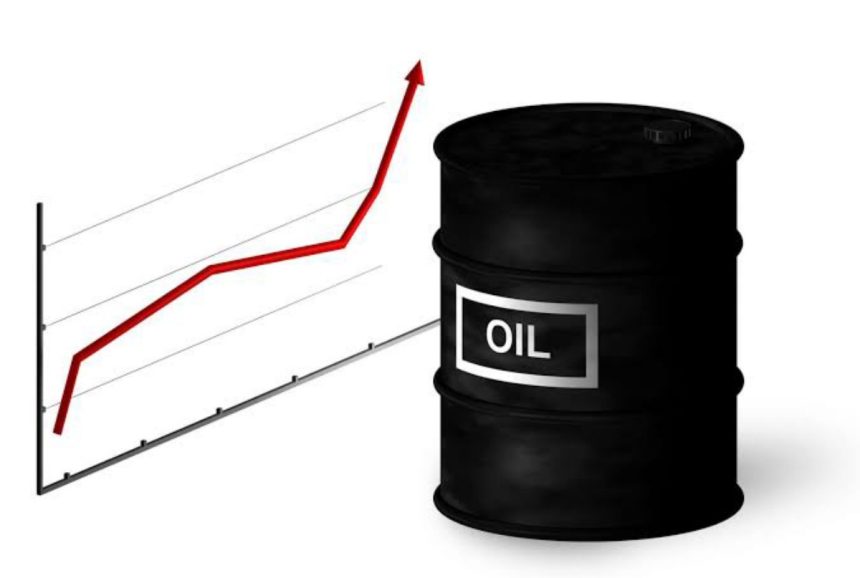Oil prices saw an uptick in early Friday trading, driven by heightened demand from major global consumers, the United States and China, and buoyed by the U.S. Federal Reserve’s positive signals on possible rate cuts.
By 0415 GMT, Brent crude futures had risen by 0.6%, or 49 cents, to $83.45 per barrel, while U.S. West Texas Intermediate (WTI) crude futures increased by 0.7%, or 60 cents, to $79.53 per barrel.
However, for the week, both benchmarks registered minor declines, with Brent down by 0.1% and WTI by 0.5%.
A notable drop in U.S. fuel stocks was reported by the Energy Information Administration, highlighting a 4.5 million barrel decrease in gasoline reserves and a 4.1 million barrel reduction in distillate stockpiles, signaling strong demand.
China’s crude oil imports in early 2024 grew by 5.1% from the previous year, and India’s fuel consumption in February saw a 5.7% year-on-year increase, propelled by robust manufacturing activities. India is the world’s third-largest oil importer and consumer.
The rise in oil prices aligns with OPEC+’s strategy to curtail production, led primarily by Saudi Arabia and Russia.
President Tinubu of Nigeria recently enacted several executive orders aimed at boosting oil production and investments in the sector. These orders are designed to enhance fiscal incentives for oil and gas projects, streamline contracting processes, and encourage cost-effective local content requirements.
According to OPEC’s Monthly Oil Market Report, Nigeria’s crude oil output climbed to 1.65 million barrels in January. President Tinubu’s administration is targeting a doubling of crude oil production to reach a $1 trillion GDP within the next three years.





